América del Norte/EEUU/Junio 2016/Autor: Mohammad Hassan Khalil / Fuente: theconversation.com
Resumen: La tarde del pasado viernes, antes de una audiencia global, el ex presidente Bill Clinton (cristiano) y el cómico Billy Crystal (un Judio) elogiaron «al más grande«, el más famoso musulmán estadounidense de todos los tiempos, Muhammad Ali. El domingo, los estadounidenses se despertaron con la trágica noticia de que un joven musulmán estadounidense había perpetrado el tiroteo más mortífero en la historia estadounidense, cuando tomó la vida de decenas de inocentes en el club nocturno Pulse de Orlando.
What a difference 48 hours can make.
Last Friday afternoon, before a global audience, former president Bill Clinton (a Christian) and comedian Billy Crystal (a Jew) eulogized “the Greatest,” the most famous Muslim American of all time, Muhammad Ali.
The televised audience also took in Islamic invocations, recitations from the Qur’an, and, if they listened carefully, gleeful shouts of “Allahu akbar” (“God is the greatest”) from many of the thousands of attendees who packed Louisville’s KFC Yum! Sports Arena for the memorial service. President Barack Obama declared that Ali “will always be America.” And prior to his passing, a moment of silence in his honor was taken before tip-off at two NBA Finals games, once at Oracle Arena in Oakland, another time at Quicken Loans Arena in Cleveland.
On Sunday, Americans awoke to the tragic news that a young Muslim American had perpetrated the deadliest mass shooting in American history when he took the lives of dozens of innocents at Orlando’s Pulse nightclub.
His proclaimed affiliation to ISIS and reports of his homophobia and anger problems were all over the news.
Presidential candidate Donald Trump tweeted that the shooter reportedly shouted “Allahu akbar” during the horrific rampage. President Obama condemned what “was an act of terror and an act of hate.” And a moment of silence in honor of the victims was taken prior to tip-off at the most recent NBA Finals game in Oakland.
To say this past week has been a turbulent one would be an understatement.
Numerous Muslim Americans expressed how pleasantly surprised they were at seeing widely broadcast positive portrayals of their coreligionists in a nonetheless sobering Ali memorial.
At the Louisville, KY Islamic funeral service, the prominent Muslim American scholar Sherman Jackson had declared, “Ali put the question as to whether you could be a Muslim and an American to rest.” What is more, “Ali made being a Muslim cool.”
But with vile criminals such as the above-mentioned shooter (whose name I shall not bother to mention) dominating the headlines, it is easy to see why many Americans see Muslims as being very uncool.
Surveys show that non-Muslims who do not regularly interact with Muslims tend to have a significantly more negative impression of them. This should not come as a surprise given recent events and the media coverage of these events.
It certainly does not help that there exist numerous misconceptions and oversimplifications about both Islam and Muslims that are widely propagated online. (Of course, one could say something similar about America itself. If Islam and Muslims have a “public relations problem” in the West, the same is true for America and Americans in many countries overseas.)
Indeed, as a professor of religious studies, I find that I spend much of my time debunking popular myths.
The demographics
The reality is that with a population of over three million, most Muslim Americans are not nearly as “great” as Ali; and they are certainly nothing like the Orlando shooter. The reality is that most Muslims are everyday people.
Muslim Americans are extremely diverse: 63 percent are immigrants hailing from 77 countries. They are, on average, relatively young. Their levels of education mirror those of the U.S. population as a whole. As a Pew survey put it several years ago, they are “decidedly American in their outlook, values and attitudes.”
What is more, they have been here for a long time.
Coming to America
Some arrived on slave ships centuries ago. Others – including famous figures such as Ali, Malcolm X, basketball legend Kareem Abdul-Jabbar, U.S. Representative Keith Ellison, author G. Willow Wilson, singer Jermaine Jackson, comedian Dave Chappelle and a 19th-century writer and U.S. Consul to the Philippines named Alexander Russell Webb (1846-1916) – chose to convert to Islam.
Most – including numerous physicians, researchers, business owners and cab drivers – immigrated to this country to seek a better life, and, in the process, like other immigrants, made America a better country.
One such immigrant was the late Fazlur Khan, an architect originally from Bangladesh who designed the iconic Sears Tower (now called Willis Tower) and the John Hancock Center in Chicago. And just this past year, another immigrant, this time from Turkey, scientist Aziz Sancar, received the Nobel Prize, making him the second Muslim American Nobel Laureate in Chemistry. (The first was Egyptian-American Ahmed Zewail in 1999.)
Finally, many Muslims – from hip-hop artist Lupe Fiasco to U.S. Army Specialist and Purple Heart recipient Kareem Khan (who was killed in combat in 2007) – were born into Muslim families right here in the United States. According to the Pentagon, there are almost 6,000 Muslims currently serving in the U.S. military.
The Islamic State does not even account for one percent of one percent of the worldwide Muslim population. And among the many devout Muslim Americans I know personally, I have yet to meet or even hear about a single ISIS sympathizer; I see only looks of disgust whenever they’re mentioned.
Such sympathizers obviously exist. But this relatively small collection of individuals represent only themselves.
A friend on Facebook shared a story about how he came to learn about the Orlando shootings. He was passing through an airport when he noticed a crowd huddled around a television screen. When it was revealed that the shooter came from a Muslim family, a man in the crowd remarked, “Those damn Muslims.”
Three million diverse, overwhelmingly peaceful and productive Muslim Americans reduced to “those damn Muslims.”
Interestingly, just hours before the attack in Orlando I was discussing the Ali memorial service with a group of Muslim friends. Though sad about the passing of “the Greatest,” they all had smiles on their faces as they recounted the speeches from the service and imagined the effects those speeches might have on the broader American public. They had never felt better represented. At that moment, at least, they felt cool.
Fuente de la noticia: https://theconversation.com/48-hours-as-a-muslim-american-a-professor-reflects-60991
Fuente de la imagen: https://62e528761d0685343e1c-f3d1b99a743ffa4142d9d7f1978d9686.ssl.cf2.rackcdn.com/files/126431/width754/image-20160614-29209-1qiovg1.jpg

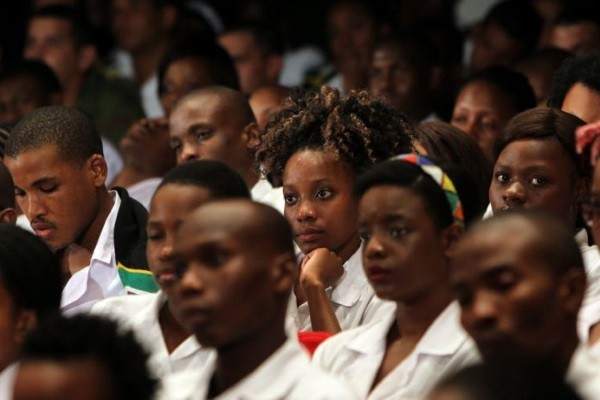
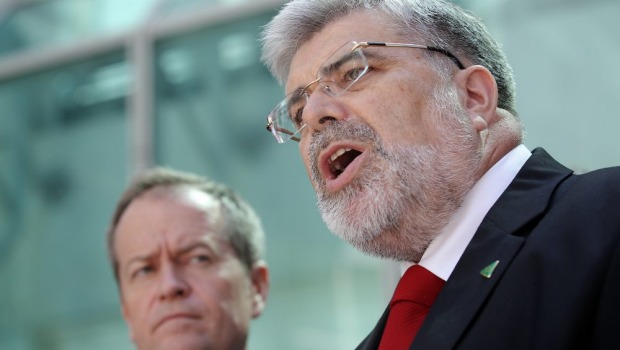

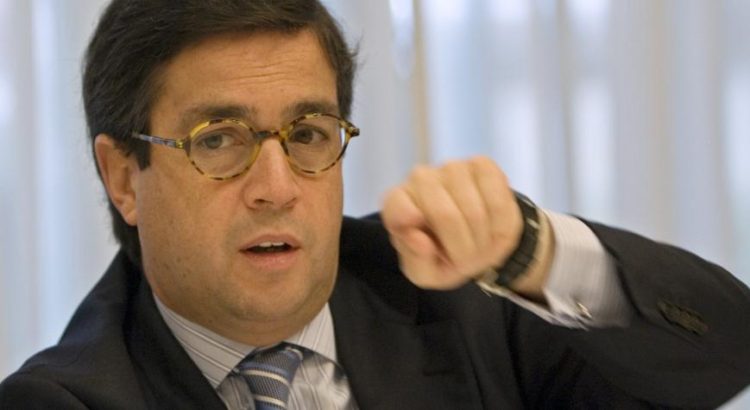
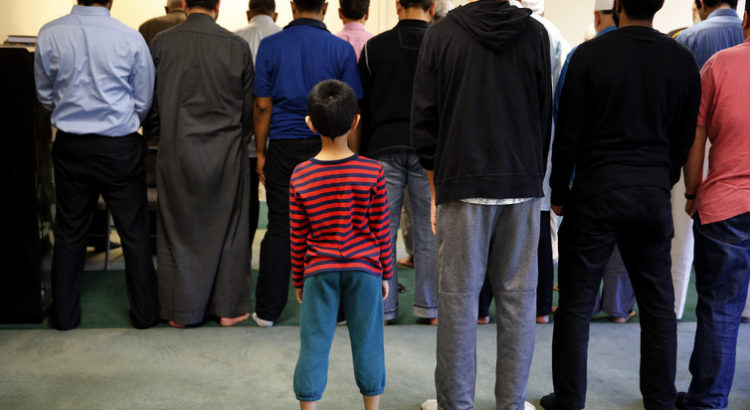
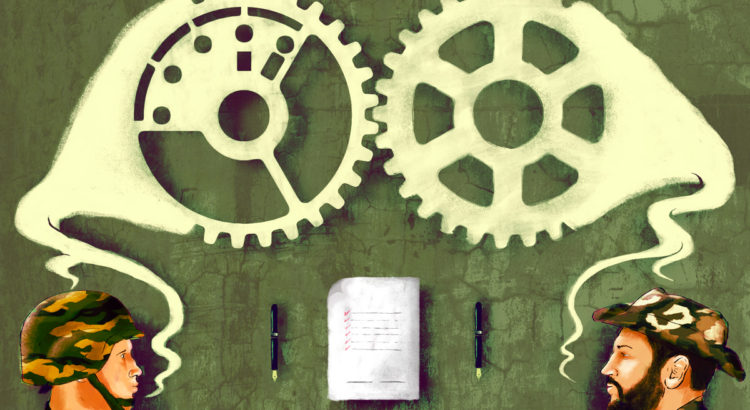






 Users Today : 59
Users Today : 59 Total Users : 35423173
Total Users : 35423173 Views Today : 65
Views Today : 65 Total views : 3358338
Total views : 3358338